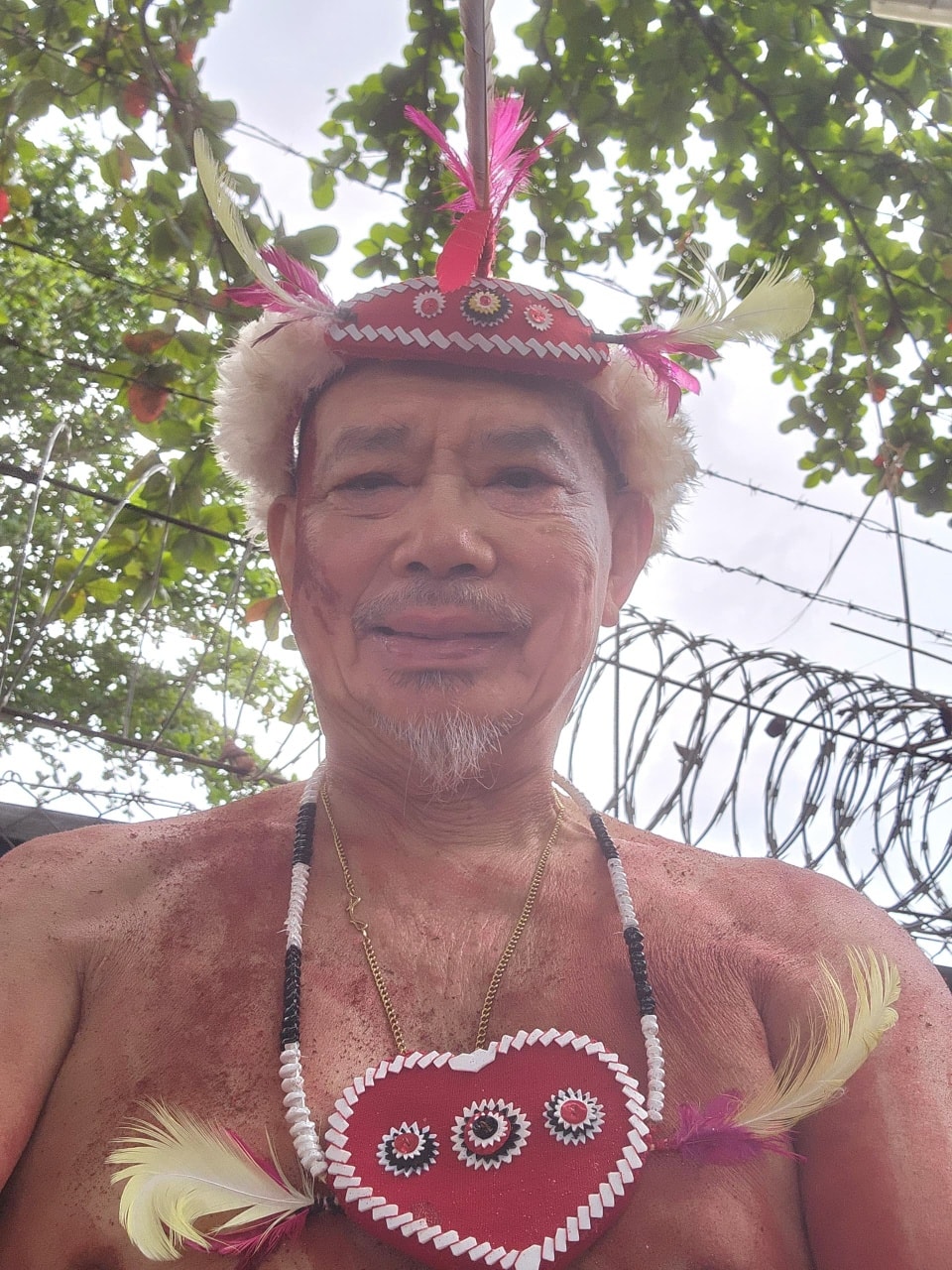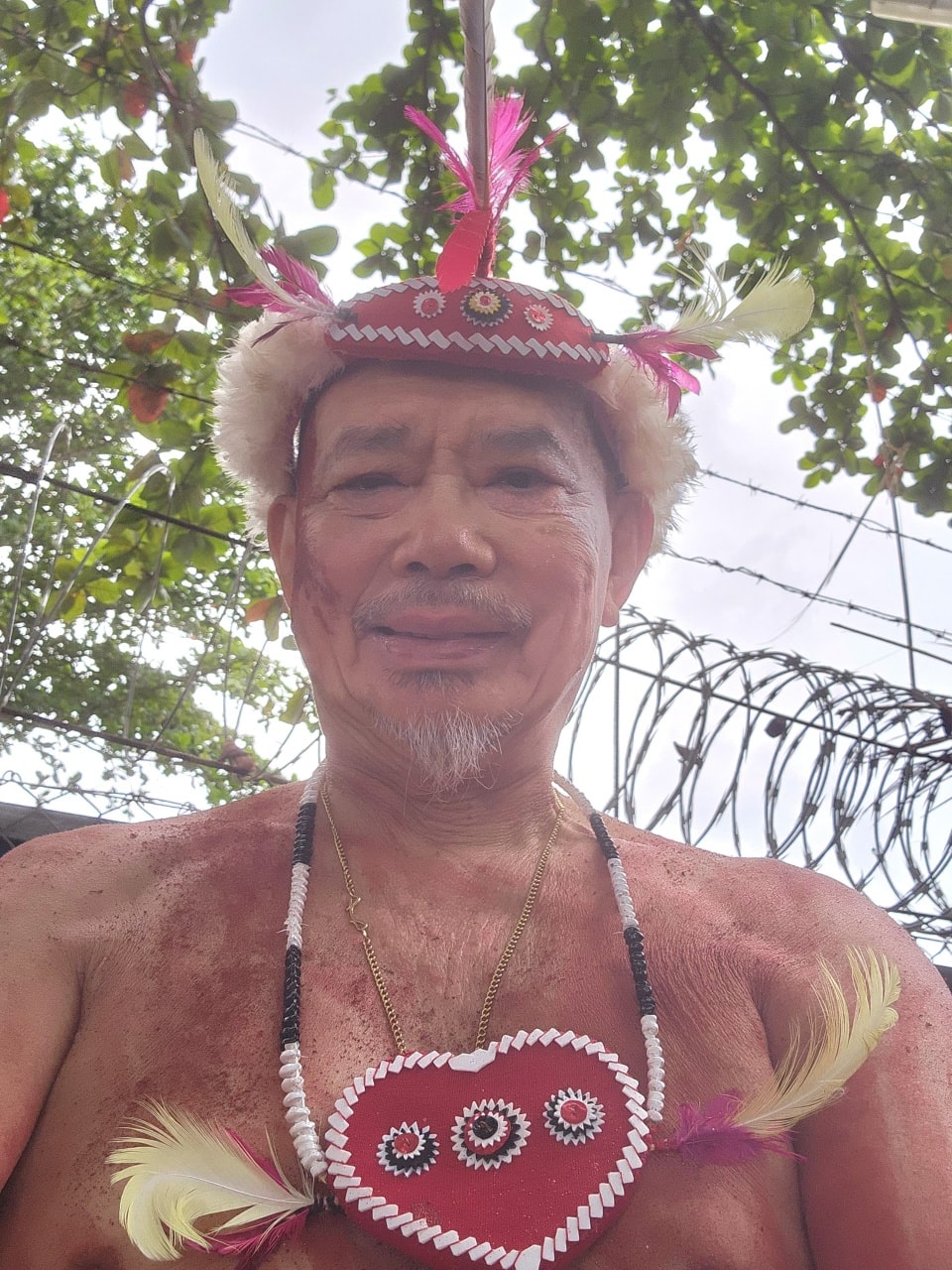The upcoming canonization of Blessed Peter Torot, is a historic moment for Papua New Guinea and also the Pacific community.
Today at the Catholic Bishops Conference (CBC) in Port Moresby city, members of the Catholic Church took the opportunity to explain the process involved in canonization.
One of the speakers present at the discussion was His Lordship Bishop Rozario Menezes SMM, Vice President, CBC of PNGSI, who spoke humbly of the work of the early missionaries which eventually led to the present event.
"Hundreds of years ago, the missionaries came, and they sowed a seed of faith."
"Today as a reward for their hard work and sacrifice, we had a committed lay person who chose to offer himself to God as a saint."
Steps to Canonization:
*Request for canonization
-
Initiated five years after the person's death by the local community
-
Local Bishop reviews evidence and witnesses
*Determination
-
Bishop sends a report to Rome for further study
-
Theologians scrutinize the candidate's life and virtues
*Beatification (To be given the title Blessed before Saint)
-
Requires proof of a miracle, except in the case of martyrdom
-
Blessed Peter Torot was declared 'blessed? without a miracle due to his martyr status
"Once the beatification is over, to make someone a saint, we need to have, proof of miracle."
"In Papua New Guinea's case, it was a different, as our culture is an oral Culture. Hence there was hardly any documentation of a miracle."
"But in our hearts and minds, we have no doubt that through the intercession of Peter Torot people have been healed of their sickness."
This was communicated to the Pope, who also saw proof in consistencies of the accounts of Peter Torot's practices in faith while he was still alive, as well as the stories that were collected from PNG and Solomon Islands.
Meanwhile, no official date for the canonization has been confirmed yet.







